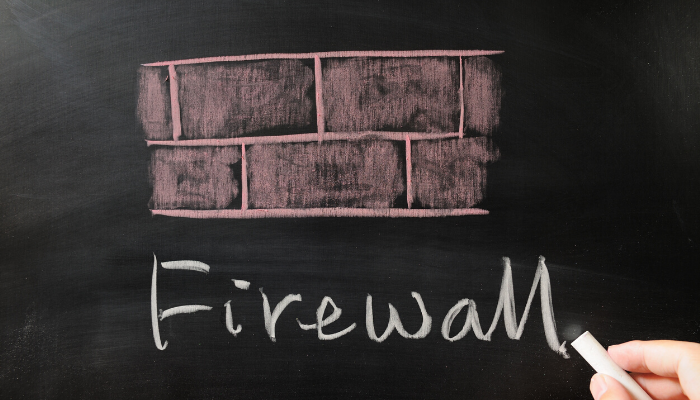When it comes to building a website, startup owners usually turn towards Content Management Systems (CMS) instead of a customized HTML version.
And why shouldn’t they?
CMS tools such as WordPress, Joomla, and Drupal offer an easy-to-use interface with plenty of customization options. They are also affordable and cost way less than a traditional HTML website. Most importantly, CMS tools are user-friendly and don’t require any prior technical knowledge – enabling even the most amateur users to establish their online presence within minutes.
In fact, 40.8% of the internet is powered by CMS – with WordPress taking a significant chunk of the market share with over 37.7% of sites using the website builder.
But did you know, CMS websites are more vulnerable to security concerns? A 2018 report shows WordPress to account for 90% of all hacked CMS, while new vulnerabilities are discovered on an hourly basis.
Unfortunately, with a multitude of responsibilities, CEOs often overlook the importance of security of their sites. This and the common belief that CMS websites are naturally safe leaves many businesses at the mercy of hackers.
Why are CMS common targets of hackers?
Several factors come into play when you consider CMS sites and their security protocols. For starters, the CMS websites are built on an open-source platform. This could potentially make their technical information public and accessible to everyone.
The lack of accountability for any potential problems leads to weaknesses that make CMS one of the most fruitful targets of bad actors.
Additionally, it is common for CMS users to utilize third-party components, such as plugins and themes. Each of these is created by different developers and may expose the site to further security risks.
There is also a lack of awareness in the CEOs and website admins. The Content Management Systems periodically issue updates and patches to enhance site security. However, users often ignore the notifications and fail to update their system, according to the required terms of security.
For these reasons and many more, startup companies unwittingly become targets of attackers.
How to manage CMS vulnerabilities?
There are several ways to enhance protection on a CMS platform. This includes:
1. Stay updated
CMS providers routinely release updates to fix security issues and include new updates to your site. It is essential to ensure manual updates with each version to keep your website secure.
- Sign up for email notifications from the CMS for an updated list of vulnerabilities and releases.
- Perform a weekly backup of the CMS.
- Create a schedule to update and patch the CMS, plugins, themes, and other third-party components.
2. Update admin username and password
Oftentimes users chose to leave their CMS username to default – ‘admin.’
It may seem easy to remember, but the default account name provides hackers with one more information about your account. It also exposes your website to collective brute forces that may conveniently gain access to your account with this simple data.
Similarly, most of us have a habit of keeping passwords such as birthdays and pet’s names. But these passwords are considered weak and easy for hackers to crack. To enhance security, ensure that you delete default account names and use strong passwords.
The characteristic of a strong password is to have at least eight characters long, with a combination of upper and lower case, and numerical characters for your CMS account.
3. Keep a plan of action
What if the website gets hacked? Surely you can’t just pull the plug on your servers and wait for the issue to resolve on its own.
A proper response plan to deal with a cybersecurity incident should always be part of the organization’s risk management strategy. The emergency response plan will reduce the servers’ downtime and help your website recover fast from the security downfall.
Protection with a Web Application Firewall (WAF)
Despite its popularity, a CMS site can never be 100% secure. However, website security is a critical issue, mainly if you accept and process online payments through your system.
This is why many business owners and site admins choose a web application firewall (WAF) to ensure maximum protection.
A WAF differs from a traditional computer firewall that protects the system from internal threats such as IP addresses and ports. Instead, it is designed to protect HTTP applications from frequent external attacks like SQL injection and cross-site scripting.
In addition, they prevent bot traffic (CAPTCHA challenges), limit DDoS attacks, implement geo-fences, and offload encryption and compression workloads from servers. By detecting and blocking known hacking methods and behaviors, a website firewall keeps your site protected against future attacks.
WAF by Cloudbric
A web application firewall by Cloudbric is a cloud-based platform available in a ‘security as a service’ model to monitor the traffic between web applications and the internet.
Thanks to its extensive experience in the security industry, Cloudbric WAF automatically provides protection for all CMS-related vulnerabilities.
And even if you do follow all the proactive safety measures, it will maximize your website’s security.
Visit Cloudbric and find out why we are the best choice for your startup website or check how we stack up compared to WordPress Security plugins.







